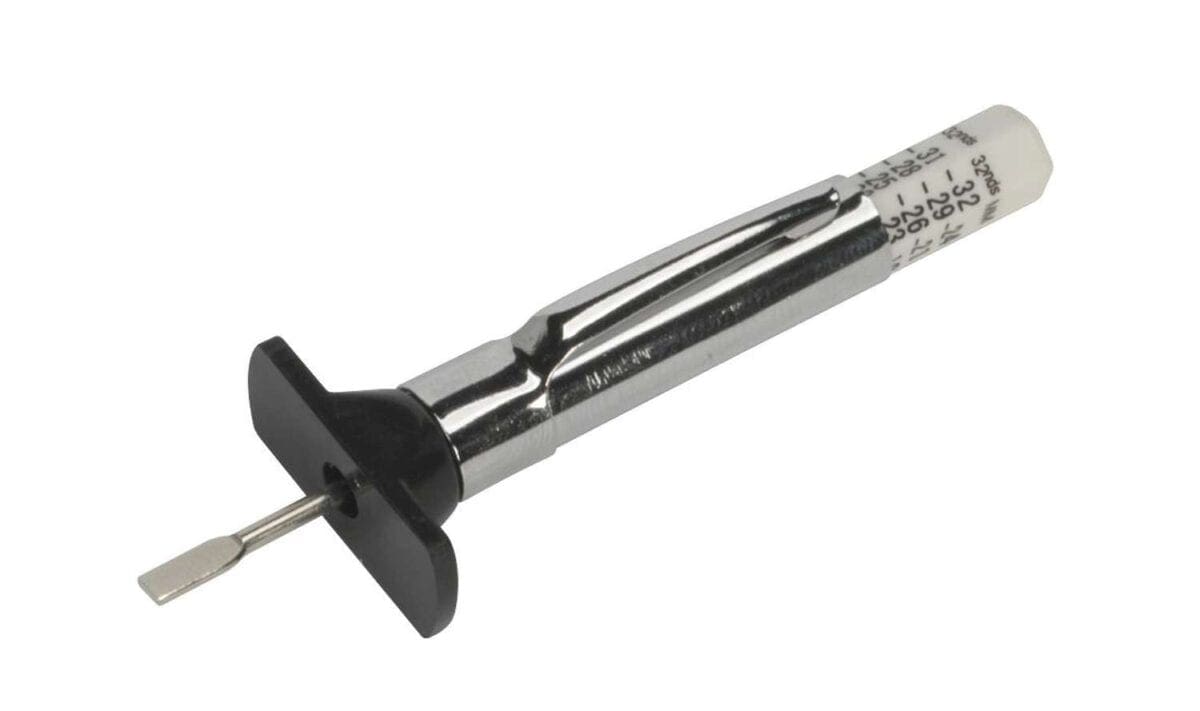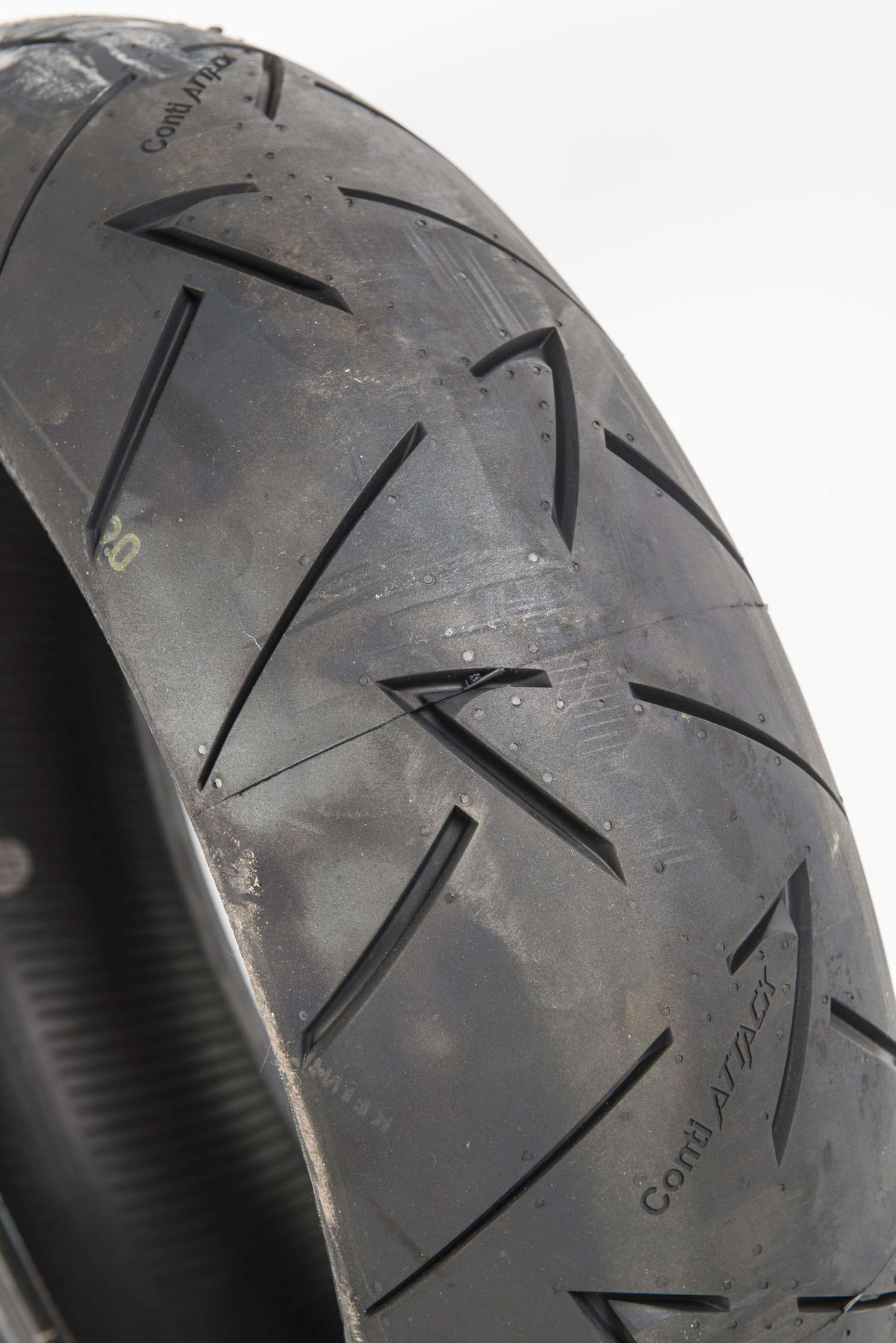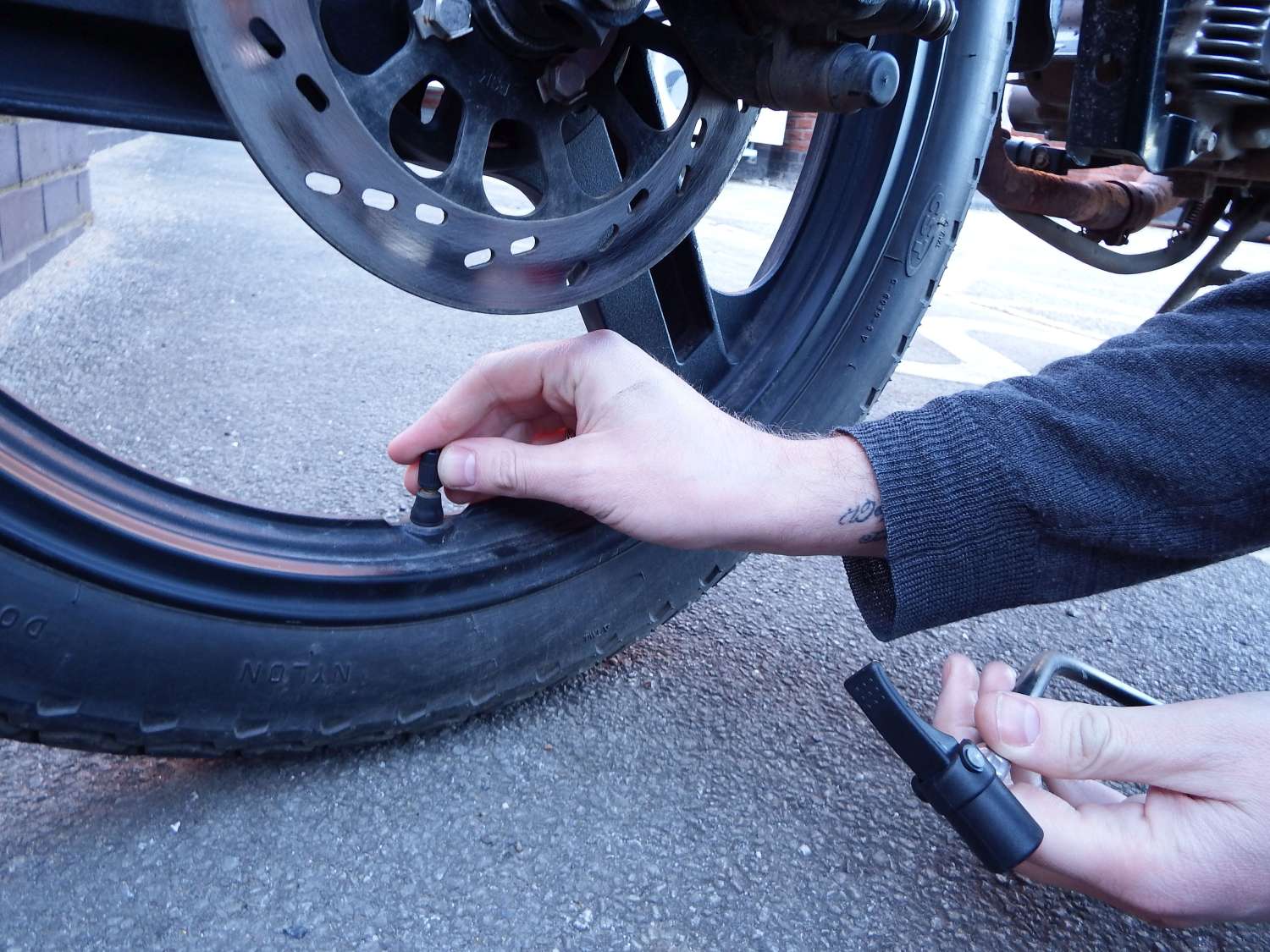There are three things to check here – the amount of treat on the tyre, the tyre pressure and if the tyre is in roadworthy condition. Motorbikes are sensitive to tyre pressures. Once they drop a few psi you’ll find the bike feels heavy to steer and imprecise in corners. Most modern tyres, fitted properly, will take a month or two to lose enough pressure that you’d notice, but it’s still worth a weekly check because if they’ve dropped significantly in a week you know there’s a problem somewhere.
Screws and nails can get into the rubber without puncturing the carcass. Leave them there and eventually they will go through – usually in the fast lane of the M25 on a wet and miserable November evening. If you spot anything, pull it out and listen for a hissing noise. If in doubt rub some washing up liquid over the area and watch for bubbles. If you see any, the tyre is punctured and needs repairing.
Enjoy everything More Bikes by reading monthly newspaper, Read FREE Online.
Some motorcycle tyres – usually on spoked wheels – still use inner tubes like your bicycle. These have a tendency to lose pressure faster.
Tyre tread

If your machine is under 50cc then simply check that the tread is visible all the way around the tyre – if it is, then you’re sorted. It’s as easy as that. If your machine is over 50cc then your best bet is treat yourself to a tyre tread gauge, these can be picked up for anything from 99p upwards.
Place the tyre gauge into the tread pattern and check that it reaches the required level – test a number of sections to check that the tyre is wearing evenly.
If there are big differences then consider taking it to a garage to get the wheel alignment checked.
Check your tyre pressure
There are a number of tyre pressure gauges on the market and they’re available in either digital or analogue – there’s one to suit every budget. Gauges are available with air pumps attached. These are particularly useful as you’re able to pump up the tyre at the same time.
Firstly, make sure you know the pressure that your tyres are meant to be. Often this is located on the side of the tyres itself – if not, check your handbook or with the tyre manufacturer.
Take off your dust caps and place the pressure gauge on.
Check the reading on the gauge – does it match what they’re meant to be?
If your gauge reads less than the required pressure – then get pumping! If your gauge is fitted with an air pump then start pumping it up, stopping periodically to check the pressure. Once you’ve reached the desired level then replace the dust cap.
Do exactly the same on the rear wheel. Bear in mind that the rear wheel may have a different pressure to the front.
Top tips…
- Air pressure pumps at local garages aren’t renowned for their accuracy so you’re best off getting your own pressure gauge.
- Remove the gauge swiftly – if you undo it slowly then you may run the risk of letting some of the air out.
- Ensure your tyres are cold when you check the pressure – warm tyres have different readings. If you’ve returned from a ride go and have a cup of tea and then come back.
Unsure of anything…ask a professional
Whether you’ve got standard tyres fitted and you’re looking for advice or you’ve fitted aftermarket rubber – don’t be scared to ask for advice from the manufacturer or a tyre specialist. After all, they’re there to help!
Advert
Enjoy everything More Bikes by reading the MoreBikes monthly newspaper. Click here to subscribe, or Read FREE Online.





